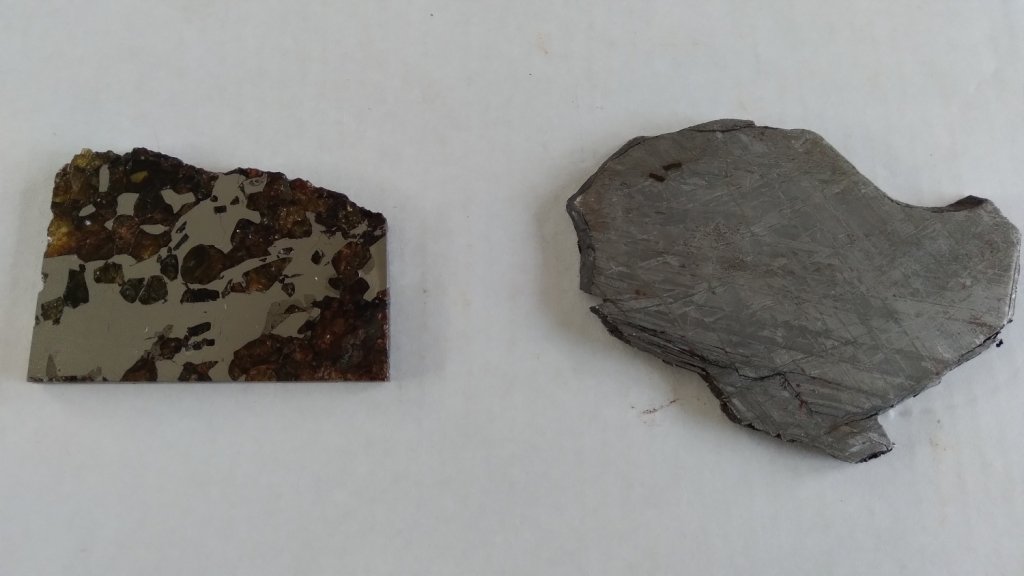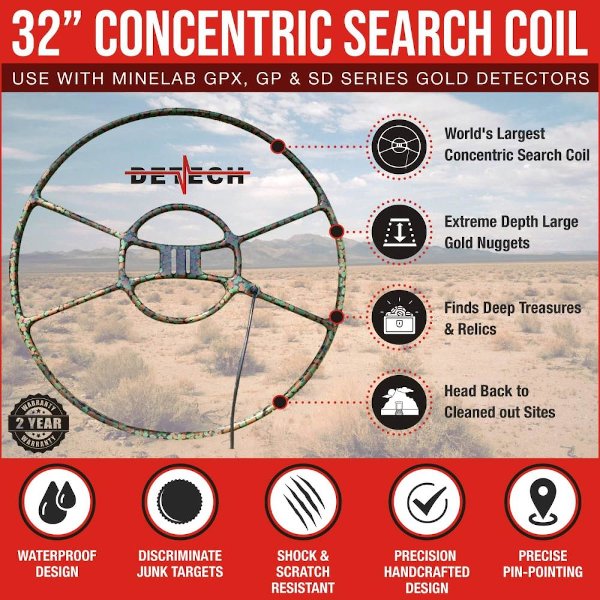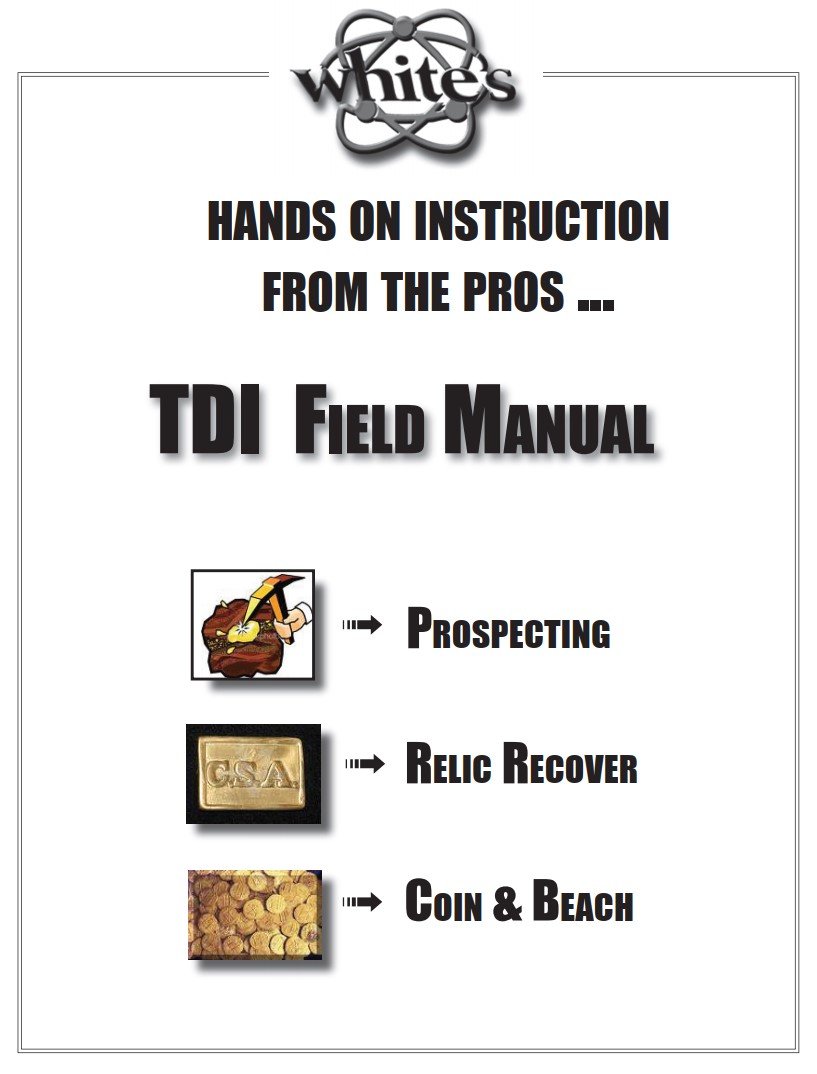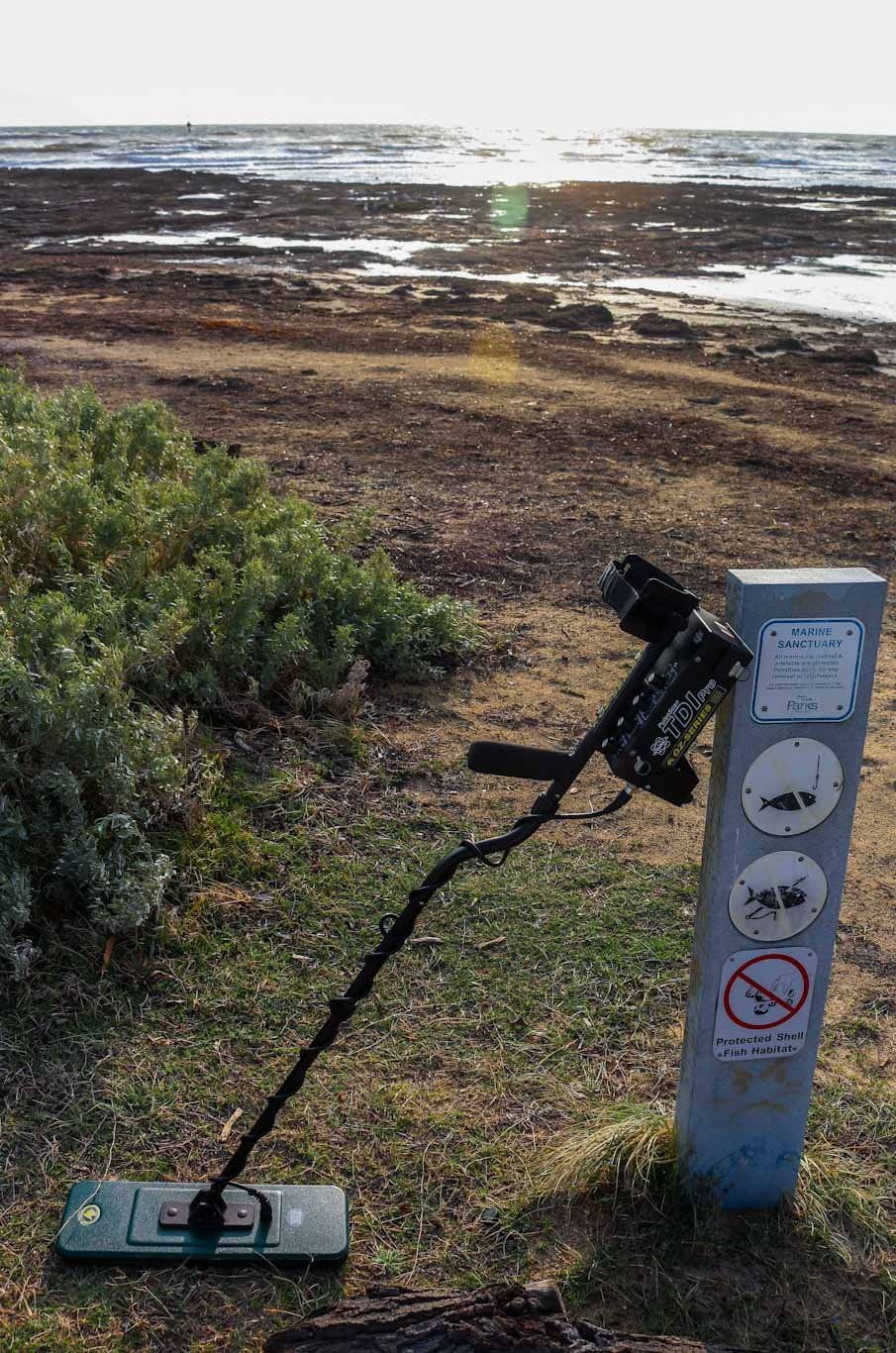no prob detecting my pallasite & siderite slices 
only wish I had found the original myself...

only wish I had found the original myself...





AVXVA said:I had the TDI out the day before it snowed--a lot. I placed four (4) older Canadian pennies linearly in duct tape and buried them 13" deep. (Great for test gardens, old Canadian pennies are known for their high quality copper/tin (bronze) content and they sing on a VLF-machine exactly like 19th-century US pennies.
Anyway, at 13-inches, I managed to get a response from the TDI with GB turned on. (I did not document the Pulse Delay, but I'm pretty certain it was 17.5.)
Interesting thing though: the signal ALWAYS sounded as the coil moved OFF the target. No sound coming in or directly over, but always as the coil was leaving. Is this normal?
Set on 25 Pulse Delay, I didn't get anything. AND, I was experimenting with all the knobs to the point that I am not quite certain how it was set to get the detection!!
Simply said: I Have A Lot To Learn. And, the TDI is an instrument that will require use and dedication to master.
Rob

The problem with a silent threshhold is that deep targets (at the detector depth limits of the coil/machine), can register as a negative signal, where the threshhold volume dips rather than rises. If you are running your machine with a silent threshhold at the time, you will walk over these potentially great targets without having any inkling of their existence, even though your gear detected them.With the GEB circuit turned OFF (Ground Balancing Knob = Inactive) the PulseScan TDI ground balances using it's internal circuitry alone. Is it possible to use the Threshold to quasi-ground balance? That is to turn the Threshold way down so the machine is mostly silent. The TDI comes to life over a shallow target doing this, but am I kidding myself?
Enter your email address to join: